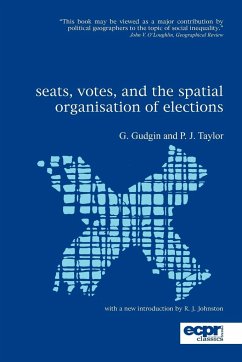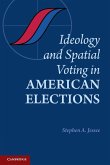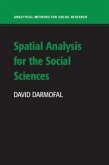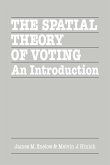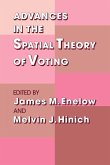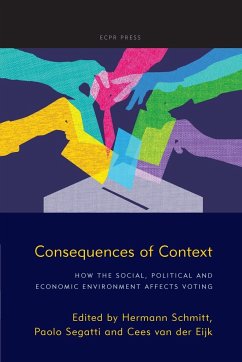In many elections - especially those using single-member constituency systems - the allocation of seats is incommensurate with each party's share of the votes cast. Seats, Votes and the Spatial Organisation of Elections provides a convincing, rigorous analysis of this disproportionality which has not been improved on since its publication over 30 years ago. Its formal analysis, illustrated by empirical examples from a range of countries, stresses the importance of three geographies as key influences on how votes are translated into seats: the geography of partisan support (where people with different political persuasions cluster); the homogeneity of those clusters; and their relative size. Its re-publication makes this classic piece of spatial (political) science available to contemporary audiences, for whom it is as relevant as when the book first appeared in 1979; Ron Johnston's introductory essay sets the work in context and identifies its importance as the foundation for three decades of subsequent work into this key feature of electoral system operation.
Hinweis: Dieser Artikel kann nur an eine deutsche Lieferadresse ausgeliefert werden.
Hinweis: Dieser Artikel kann nur an eine deutsche Lieferadresse ausgeliefert werden.

